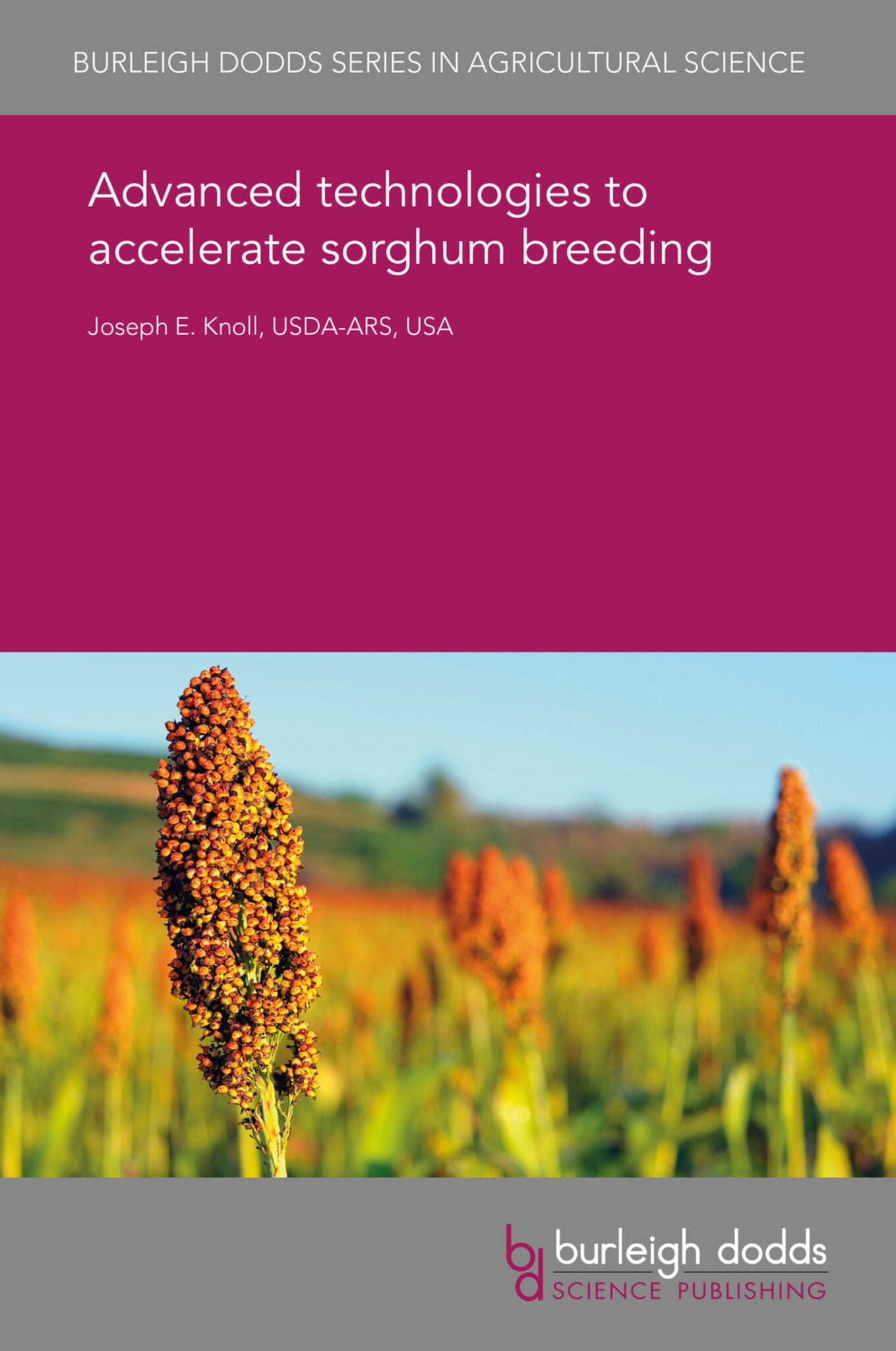We're sorry. An error has occurred
Please cancel or retry.
Advanced technologies to accelerate sorghum breeding

Some error occured while loading the Quick View. Please close the Quick View and try reloading the page.
Couldn't load pickup availability
- Format:
-
04 July 2018


TECHNOLOGY & ENGINEERING / Agriculture / Agronomy / Crop Science, Botany and plant sciences, TECHNOLOGY & ENGINEERING / Agriculture / Sustainable Agriculture, TECHNOLOGY & ENGINEERING / Agriculture / Agronomy / General, Sustainable agriculture, Agronomy and crop production

1 Introduction 2 Molecular markers: overview and types 3 Marker-assisted selection in sorghum breeding 4 Genomic selection 5 Wide crosses 6 Mutagenesis breeding 7 Emerging technologies: doubled haploids 8 Emerging technologies: transgenic technology 9 Emerging technologies: genome editing and high-throughput phenotyping 10 Conclusions and future trends 11 Where to look for further information and resources 12 Disclaimer 13 References



